

Engage prospects with a scan and streamline customer engagement with FREE QR code marketing tools by Sona – no strings attached!
Create a Free QR CodeFree consultation

No commitment

Engage prospects with a scan and streamline customer engagement with FREE QR code marketing tools by Sona – no strings attached!
Create a Free QR CodeFree consultation

No commitment
QR codes have evolved from novelty to strategic powerhouse, bridging offline engagement with online action in today’s digitally driven world. See the history in marketing. For tunneling contractors who manage time-sensitive, multi-phase civil engineering projects involving numerous teams and regulatory hurdles, QR codes provide a reliable, frictionless way to reduce missed checkpoints and minimize costly compliance lapses. This eliminates missed opportunities due to lost paperwork or untracked site access.
Tunneling contractors often struggle with delivering seamless, verifiable experiences for field teams, inspectors, stakeholders, and visitors, as traditional systems leave gaps in tracking site presence and approvals. QR code technology addresses these frustrations by reducing manual input, shedding light on activities such as unregistered equipment use or unsigned safety documents, and enabling faster, more confident project oversight.
This guide shows how tunneling contractors can use QR codes to automate access control, link vital project documentation, and capture real-time engagement across every site touchpoint, helping prevent unseen risks, secure high-value compliance opportunities, and establish a unified, actionable foundation for data-driven project management. Explore Sona QR’s use case library.
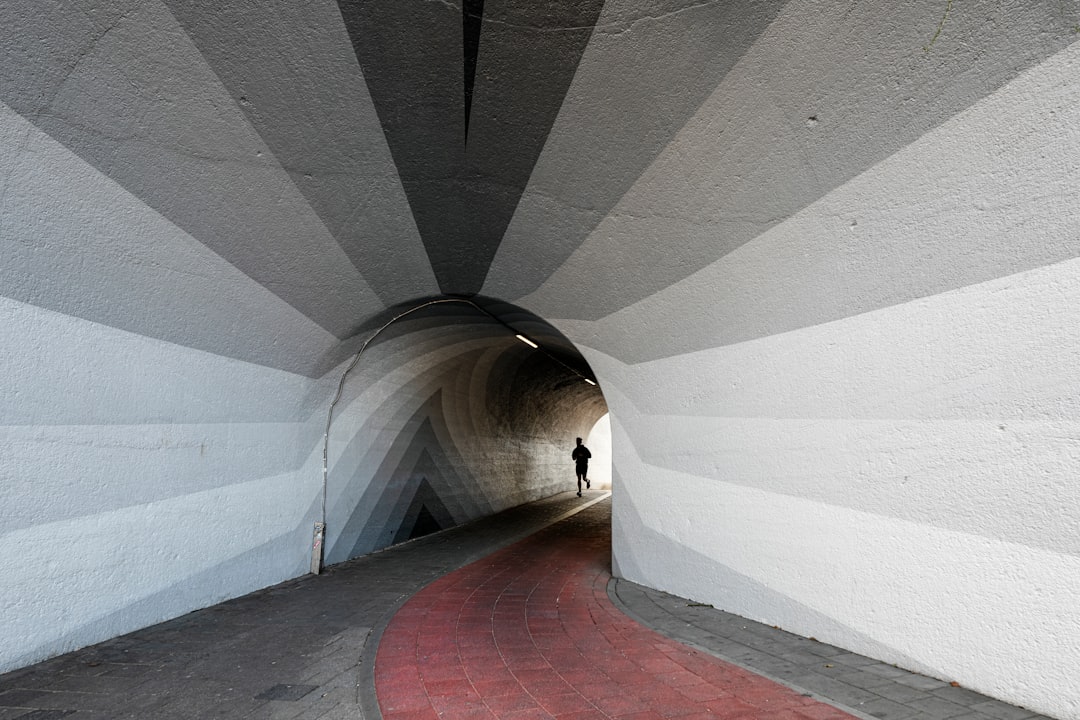
For years, tunneling contractors have dealt with unlogged site entries, lost visitor badges, and missing handwritten sign-ins at audit time. QR codes bridge the physical project environment and digital compliance demands by making every scan accountable, trackable, and linked to real-time project data. By replacing clipboards, spreadsheets, and fragmented emails with scan-to-access workflows, you create a reliable digital paper trail that stands up to audits and incident investigations.
Start by mapping your most failure-prone touchpoints. These often include entry gates, muster points, equipment cages, confined-space permits, and safety briefings at shift starts. For each location, assign a unique QR code that routes to the appropriate action: identity verification, permit sign-off, or equipment checkout. With dynamic QR codes, you can change destinations as phases progress without reprinting signage.
With integrated QR workflows, project managers gain a digital paper trail for every critical touchpoint, closing the gaps left by analog methods. Platforms like Sona QR streamline deployment, centralize data, and enable rules-based alerts when something looks off, such as a scan outside of permitted hours or an operator lacking the correct certification. Start creating QR codes for free.
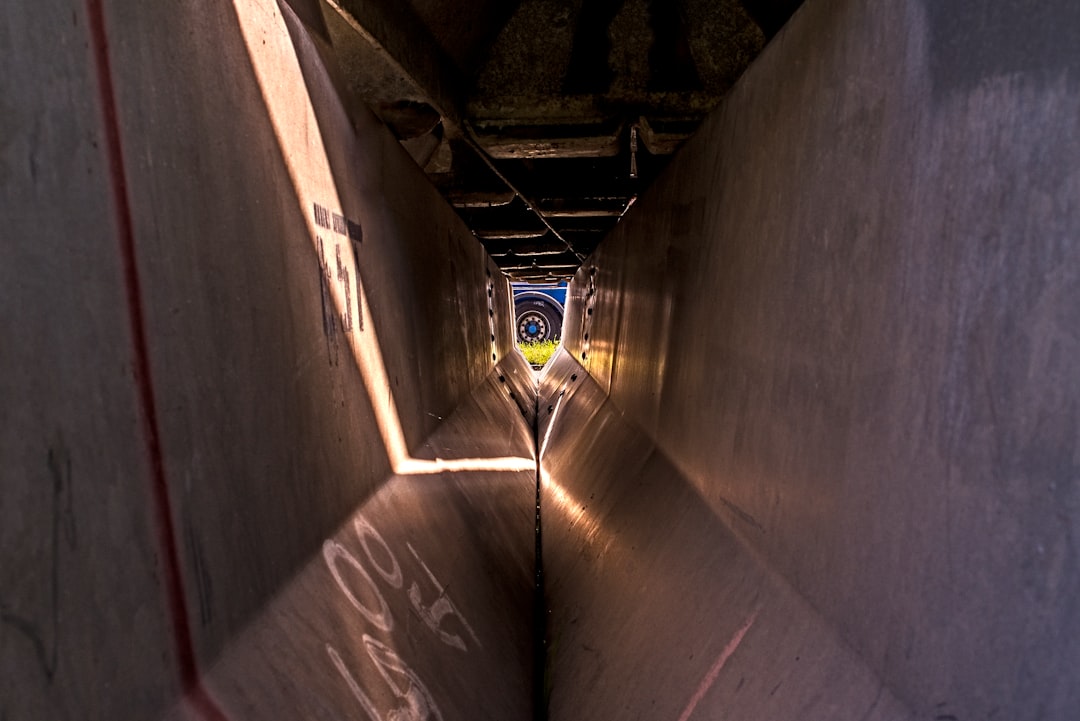
Traditional field operations often lose visibility into who engages with essential compliance content or operates onsite without proper sign-offs. Tunneling contractors face challenges such as noisy environments, harsh conditions, and distributed work zones that make paper-based controls unreliable. Printers run out of ink, forms get wet or torn, and handwriting becomes illegible, which results in missed signatures and untraceable activity during audits.
QR codes solve these modern challenges by connecting every physical checkpoint to a digital action and record. Instead of relying on people to remember where to sign or which sheet to use, you present a single, scannable doorway that captures identity, context, and consent at the moment of engagement. This reduces friction at gates and improves confidence when incidents require rapid, defensible documentation.
With QR codes, contractors can monitor every stage of operational workflows and streamline access for high-stakes personnel, helping prevent lost opportunities and costly errors. When paired with identity controls and CRM integration, you can also keep stakeholders informed and engaged, from clients and regulators to community liaison officers and utility partners.
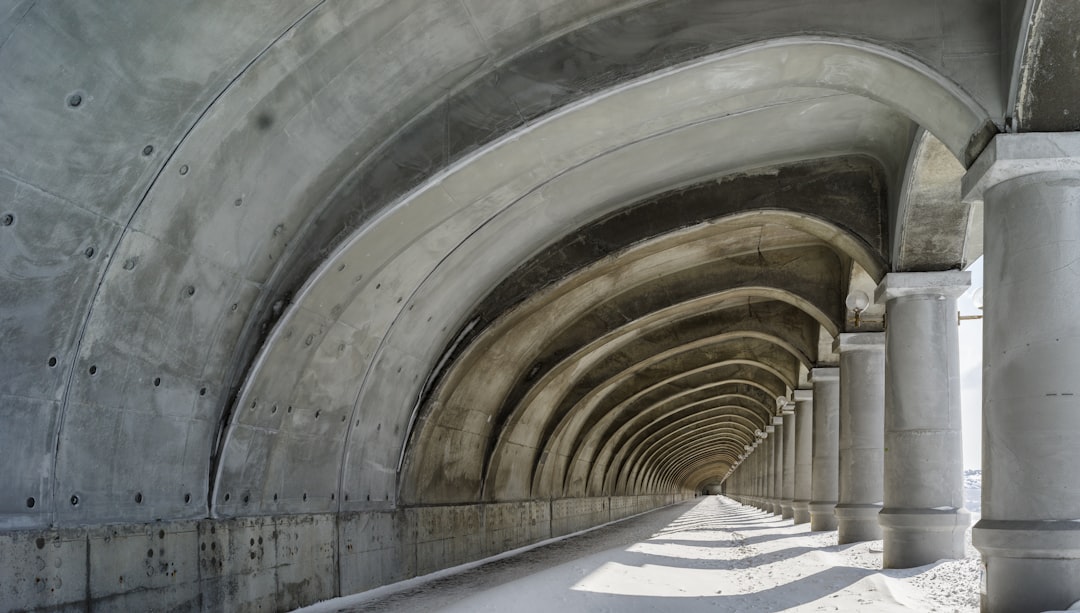
Tunneling projects include diverse workflows, each with risks of missed engagement or data loss. QR code versatility helps by giving you multiple formats and destinations that fit varied site contexts. In high-noise, low-connectivity environments, the right destination can mean the difference between a successful check-in and a frustrated worker who abandons the process.
Dynamic QR codes are especially valuable because you can change the destination as project phases advance, without reprinting codes embedded in signage or badges. During excavation, a code on a portal gate might route to a daily briefing checklist; during fit-out, the same code can shift to permit-to-work validations and commissioning documentation.
Dynamic QR technology enables quick adaptation as project or compliance requirements change, avoiding productivity loss from static forms or outdated credentials. With Sona QR, you can manage all formats centrally, apply role-based permissions, and log every scan with device, time, and location metadata.
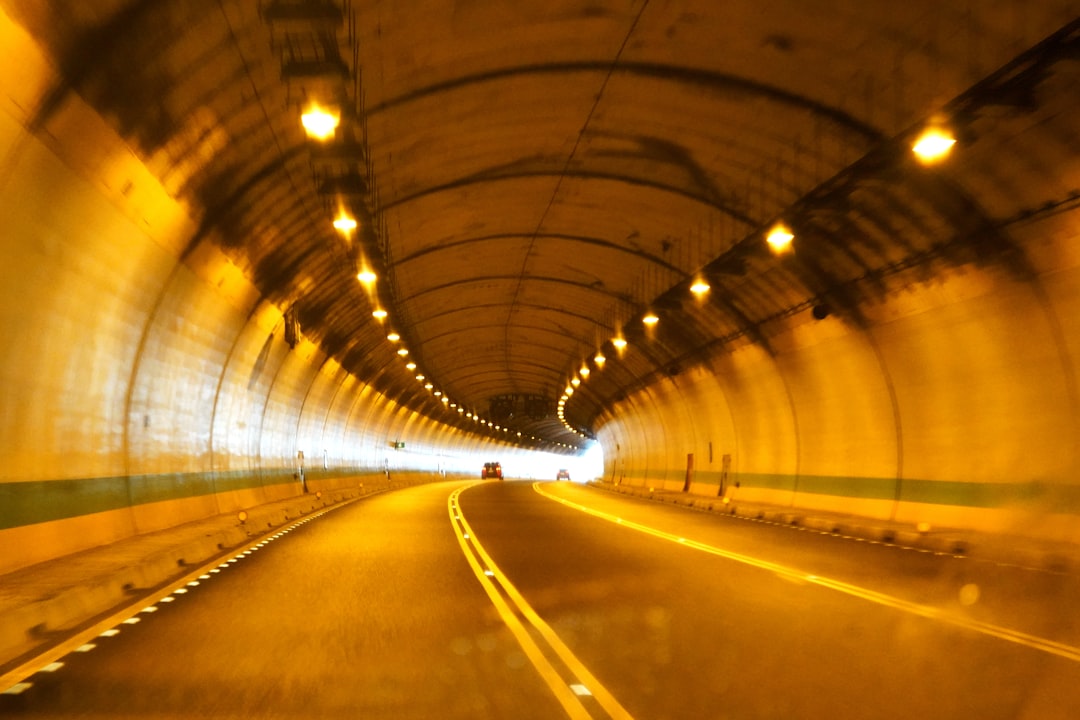
Tunnel construction often struggles to pinpoint where control, approval, or safety breakdowns occur. Long shifts, complex logistics, and third-party visitors make it difficult to know who did what, when, and with whose authorization. Strategic placements of QR codes can transform these weak links into reliable sources of truth that inform planning and drive continuous improvement.
Look for recurring bottlenecks, high-risk activities, and touchpoints where the analog process already creates headaches. Each is a candidate for a simple scan that captures context and drives the next best action. By standardizing these placements across sites and phases, you create predictable, trainable habits that scale.
Meeting teams where field operations happen ensures every interaction becomes digital proof, closing engagement, access, and compliance gaps. Over time, scan data reveals patterns in shift transitions, tool demand, and training uptake, which fuels proactive resourcing and safer project delivery. See contractor best practices.
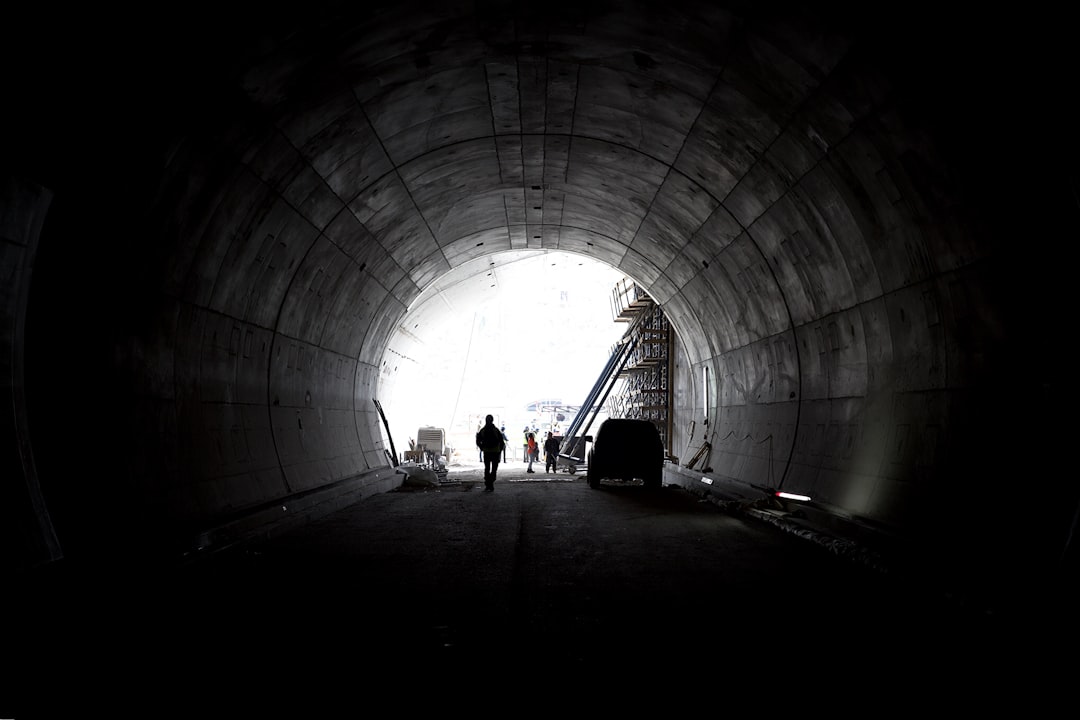
Industry frustration often stems from traceability gaps, like unrecorded high-interest visitors or unverifiable safety sign-offs. QR codes convert these moments into reliable signals you can measure and act on. The following use cases map directly to the realities of tunneling sites and the outcomes operational leaders care about most.
Each use case should include a clear owner, a defined destination, and a measurement plan that tracks adoption and outcome improvements such as reduced cycle times, fewer unauthorized access attempts, and higher training completion rates.
Tunneling contractors often lose sight of promising leads or compliant team members who never get added to the CRM. Every QR scan on-site signals real intent: a record of who engaged, when, and how. With permission-based identity collection and role tagging, these scans become the backbone of targeted communications that are useful and timely for each audience.
Sona is an AI-powered marketing platform that turns first-party data into revenue through automated attribution, data activation, and workflow orchestration, helping teams identify visitors, score intent, and sync audiences across channels. Learn more at Sona.
Segmentation is not just for sales and marketing teams. Operations can segment by crew, subcontractor, or certification type to push timely updates, while business development can segment by client interest, project type, or event engagement. The result is a living database that reflects real-world behavior, not static lists.
Issue different codes for site workers, engineers, or inspectors, preventing lost opportunities from undifferentiated logs. A code on a worker badge might route to shift-specific briefings, while a code for a regulator unlocks compliance archives and independent verification forms. Each scan enriches a role-based profile.
Use dynamic parameters to tag scan context with site, zone, and phase, so you can filter messages with precision. For example, only crews working near the TBM launch shaft receive an alert about temporary traffic management changes, while MEP teams get a link to updated fit-out drawings. For retargeting tactics, see Sona’s playbook on intent-driven retargeting.
Assign QR journeys to actions such as safety checks or equipment sign-outs, enabling personalized updates and follow-ups. An equipment scan can trigger an automated reminder to return tools before shift end, while a safety acknowledgment can schedule the next refresher briefing for each worker.
Role tagging also supports compliance escalation. If a supervisor fails to scan and approve a permit, the system can send a reminder and notify an alternate approver after a defined delay, reducing idle time and ensuring accountability.
Understanding scan timing, location, and user uncovers trends and closes engagement gaps. If morning briefings see lower completion on certain days or zones, you can adjust crew assignments or move briefing stations to reduce friction.
Use heat maps and time-of-day patterns to optimize signage placement and message timing. You might discover that tool crib scans spike at shift change, which is the best moment to surface preventive maintenance tips and inventory adjustments.
Sync scan data directly to the CRM for automated reminders or messaging, preventing missed connections and upsell or cross-sell opportunities. Business development teams can capture interest at conferences or site tours, while operations teams push targeted updates to subcontractors based on qualifications and current tasks. For step-by-step setup, read Sona’s blog on HubSpot integration.
With Sona QR, segments based on scan behavior flow into tools like HubSpot, Salesforce, and email platforms. You can trigger drip sequences, safety campaigns, or client updates tailored to the actual interactions captured in the field.
Centralizing this data lets tunneling contractors turn every scan into a high-value prospect, safety opportunity, or ongoing relationship. The more consistently you tag and segment scans, the smarter your communications become, and the less time you spend chasing signatures or reconciling fragmented lists.
QR codes unify fragmented tunnel construction workflows, eliminating the confusion of paper trails, emails, and siloed systems. In a typical month, a contractor may issue updated drawings, host client walk-throughs, onboard new subcontractors, and run multiple safety campaigns. Without a connective layer, each initiative competes for attention and leaves gaps. For measurement ideas, see Sona’s blog on offline attribution.
By embedding QR codes in the materials you already produce, you transform print and physical assets into measurable gateways that inform both operations and business development. This bolsters client trust because you can demonstrate engagement, not just claim activity.
All QR activity data funnels to your CRM for consistent follow-up, unified project pipelines, and reduced waste. With a platform like Sona QR, you can run A/B tests on calls to action, track conversions from scan to form submission, and ensure that field activity fuels pipeline and retention strategies.
Implementing QR codes successfully requires clear goals, thoughtful design, and disciplined measurement. Treat each deployment as a mini-campaign with a defined owner and outcome. The following steps consolidate best practices for tunneling environments where conditions are variable, connectivity can be limited, and safety is non-negotiable.
This checklist focuses resources at points of greatest need, ensuring no high-intent interaction goes unlogged. After the pilot, codify your standards into a playbook that new sites can adopt quickly, complete with approved templates, training scripts, and a governance model for updates.
In tunneling projects, intuition cannot replace visibility. When you link each scan to roles, zones, and project milestones, you convert routine interactions into operational intelligence. Supervisors gain visibility into shift activity, safety teams catch missed acknowledgments early, and leadership can quantify improvements with credibility.
Tie scans to critical events and KPIs that matter to your program. For example, correlate daily briefing scans with incident rates, or compare equipment checkout scans with downtime and defect records. This creates a closed loop that shows where training works, where controls fail, and where to invest. For methodology, explore multi-touch attribution.
Sona QR captures scans with rich context, while Sona.com helps connect those interactions to pipeline and revenue where relevant, such as client engagement with progress dashboards or bid portals.
Scaling QR adoption requires consistency, clarity, and simple automations that make scanning the easiest option. Focus on improving the user experience for crews and visitors, and make it easy for managers to interpret the resulting data. Over time, the scan becomes part of the culture, not an extra step.
Consider these field-tested tips that align to tunneling environments and common tools:
For example, a QR code on inspection logs lets regulators attach photos and sign digitally, generating instant, auditable trails that accelerate approvals and reduce administrative burden. A code on invoices sent to clients for milestone billing can route to a secure portal where they review progress evidence and sign off, shortening payment cycles and improving cash flow.
QR codes have quietly become foundational for tunneling contractors seeking to modernize operations. With every badge, sign, and equipment tag serving as a digital gateway, contractors achieve accountability, real-time analytics, and actionable intelligence. The most effective programs do not add steps; they replace slower, error-prone steps with a scan that is faster, clearer, and more reliable.
By integrating QR technology into daily site management, contractors close the loop on engagement and compliance, enabling safer projects and greater business visibility. Every scan is a signal, ensuring high-value interactions are never missed and operational excellence is within reach. When paired with a centralized platform, you can manage codes at scale, monitor performance, and automate follow-ups that keep teams aligned and projects moving. Start creating QR codes for free.
Adopting QR code technology allows tunneling contractors to address persistent challenges such as lost compliance signals, missed follow-up opportunities, and disengaged personnel by transforming every physical touchpoint into a traceable, data-rich event. With the right strategies and a centralized platform like Sona QR and Sona.com, contractors can achieve faster site access, higher compliance, and precise stakeholder engagement. Forward-thinking teams are already leveraging QR technology to turn potential pain points into a competitive advantage, streamlining tunneling contractor operations from the ground up.
QR codes have transformed the tunneling contractors industry from relying on cumbersome paperwork and manual access controls into seamless, efficient gateways for site management and client communication. Whether it’s streamlining access authorization, improving safety compliance, or enhancing project transparency, QR codes replace outdated processes with instant, mobile-friendly solutions that capture real-time data and turn every scan into actionable insights.
Imagine instantly verifying personnel credentials on-site or providing stakeholders with up-to-date project details simply by scanning a code—eliminating delays and boosting operational efficiency. With Sona QR, you can create dynamic, trackable QR codes in seconds, update access permissions or information instantly without reprinting, and connect every scan to your project management system for smarter, safer job sites.
Start for free with Sona QR today and transform every scan into a secure access point, a compliance check, or a communication channel that drives your tunneling projects forward.
QR codes provide a reliable way to reduce missed checkpoints, minimize compliance lapses, automate access control, link vital project documentation, capture real-time engagement, improve audit readiness, speed up workflows, and reduce costs and waste in tunneling and construction projects.
Tunneling contractors can use QR codes to build segmented audiences for retargeting, track real intent through scan data, personalize communications by role or action, integrate scan data with CRM systems, and unify offline and online engagement to boost client transparency and business development efforts.
Best practices include defining clear business goals, choosing the right QR code type (static or dynamic), designing codes with branding and clear calls to action, placing codes at high-impact sites, training staff to promote scanning, using analytics to monitor usage, and iterating on messaging and placement based on feedback.
Dynamic QR codes allow destinations to be updated without reprinting, support scan analytics, enable role-based permissions, facilitate flexible content changes as projects progress, and provide rich data for targeted communications and campaign optimization.
QR codes evolved from novelty tools to strategic assets that bridge offline physical environments with online digital actions, enabling tunneling contractors to overcome traditional paper-based control gaps and improve visibility, compliance, and stakeholder engagement through measurable, data-driven workflows.
Use Sona QR's trackable codes to improve customer acquisition and engagement today.
Create Your FREE Trackable QR Code in SecondsJoin results-focused teams combining Sona Platform automation with advanced Google Ads strategies to scale lead generation

Connect your existing CRM

Free Account Enrichment

No setup fees
No commitment required

Free consultation

Get a custom Google Ads roadmap for your business






Launch campaigns that generate qualified leads in 30 days or less.
